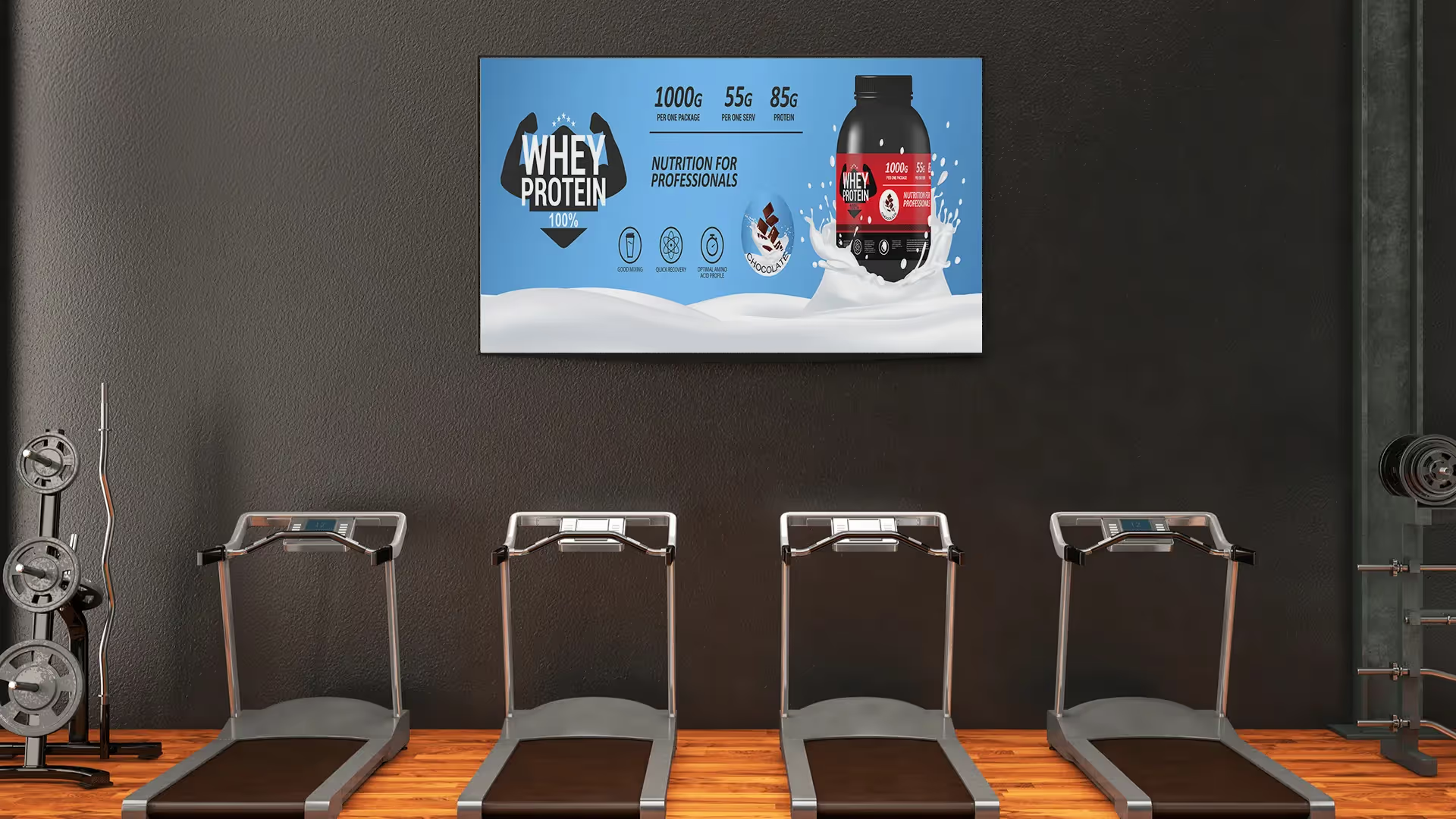What to remember
Numerous existential questions pollute or enrich our nights. For example: “What is life? or “Is Earth home to the only life form in the entire universe?” ”. Among this endless list, there is one in which Play! takes the trouble to answer: what is an LED?
With our customer success manager who is an expert in lighting — Boris, whom you are beginning to know well — we took a few minutes to make a video on the type of light the most used in businesses. As said Woody Allen about a topic that is not very similar but has the same number of letters, this one can help you understand everything you ever wanted to know about LED without ever daring to ask.
Why LED?
Yes, so before telling you what it is, note that the LED is a small revolution in itself insofar as, as soon as it appeared, it responded positively to various concerns posed by halogen sources. These being theenergy saving, the color palette, or even their mechanical strength.
It is a source that, although it took time to integrate fireplaces as a lamp or in the streets as a lamp post, had long been on screens. TV screens but also computers as well as some portable game consoles, where LEDs were already used for backlight and allow night owls to watch or play in low outdoor light conditions. So if you still thought you had never heard of these extraordinary lights, in reality you at least knew them by sight.
So what about the LED?
So we could talk about” light emitting diodes ”, but we won't do it to limit the risk of finger sprains on the keyboard — and because we wanted to make this irrelevant little joke. We will therefore stick to the LED name, which we will complete with “panel”, not to say “light panel”.
These projectors are more than practical. In addition to a ecological awareness, they are equipped with dimmers to adjust one or even two parameters as shown by the one used by Boris. First of all, the wheel used to adjust The intensity. In particular, this parameter offers a variety of uses for these projectors. Indeed, they create very weak but also very strong lights. So they can be used as support projectors to catch up with shadows, or as main projector.
The second parameter is that of the color temperature. An LED panel gives its user the final say in the ambiance or chromatic atmosphere. Or you raise the temperature and go blue, for colder but more contrasting colors. Or you lower it in order to tend towards warmer colors, tending towards yellow.
Now that you know what we like so much about these lights, we have only one question left, at least as important as the question concerning the existence of any god:” What are you going to do with these LED panels? ”. To answer it we let you go to the area just below where you can put a few short comments.
While waiting for Boris's next tutorial, here are some videos that may interest you:













